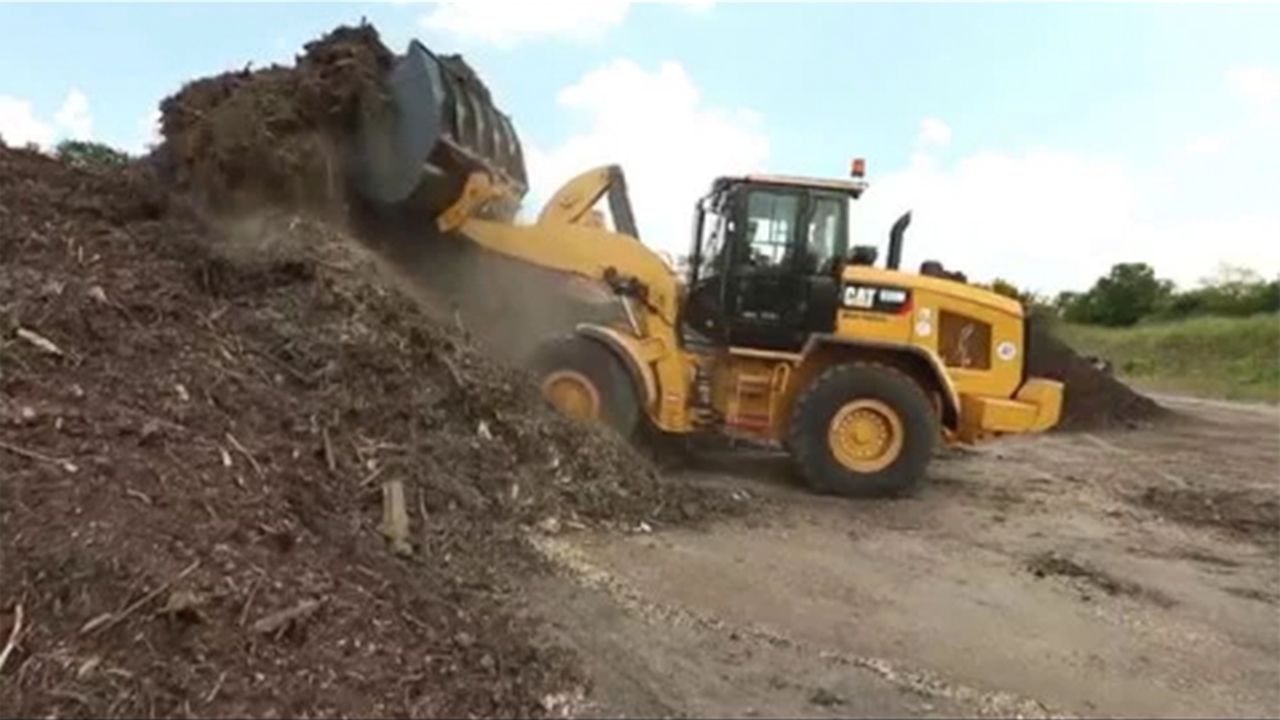

Sign In
Welcome! Sign In to personalize your Cat.com experience
If you already have an existing account with another Cat App, you can use the same account to sign in here
Register Now
One Account. All of Cat.
Your Caterpillar account is the single account you use to log in to select services and applications we offer. Shop for parts and machines online, manage your fleet, go mobile, and more.
Account Information
Site Settings
Security
Your Cat® Small Wheel Loader’s Tire Pressure
When it comes to keeping a jobsite profitable, it’s all about efficiency. Your Cat® 926M, 930M or 938M Small Wheel Loader comes with multiple features designed to help you maximize operational efficiency, no matter the task or jobsite.
A common issue that seems minor at first is incorrrect tire pressure. But, over- or underinflated tires have immediate effects on handling, brake potential and comfort. In the long term, suboptimal tire pressure reduces fuel efficiency and exacerbates tire wear. For these reasons, your Cat small wheel loader comes with a tire pressure monitoring system (TPM) to make routine maintenance as easy as possible.

How Does Tire Pressure Affect Cat Small Wheel Loader Performance?
The tires on your small wheel loader support tens of thousands of pounds of steel and material day in and day out. While they’re made to withstand tough conditions found at jobsites like quarries and recycling plants, a deviation of just a few PSI from optimal tire pressure can reduce their effectiveness and life span.
Tire pressure changes the physical shape of your small wheel loader’s tires. If underinflated, the outside treads are placed under more stress, while stress on the inside tread decreases. This leads to uneven tread wear, more stress on the tire wall and handling issues caused by too much traction.
Tires that are overinflated have a shallow U-shape where they contact the ground. This shape puts too much stress on the internal tread, causing uneven wear. In addition, overinflated tires are more prone to skidding, require more braking distance to come to a complete stop and decrease operator comfort.
Both under- and overinflated tires reduce fuel efficiency.
On the other hand, correctly inflated tires maintain optimal contact with the ground and distribute wear evenly. They also maximize fuel efficiency, safety and operator comfort.
Monitoring Your Cat Small Wheel Loader’s Tire Pressure
The tire pressure monitoring system in the Cat 926M, 930M and 938M Small Wheel Loaders streamlines maintaining optimal tire PSI. Using sensors installed on the tire valve stems, real-time pressure information is sent to the small wheel loader’s in-cab display. Using the in-cab display, you can program the optimal tire pressure for individual tires and set alarms to notify you when pressure increases or decreases past a specific threshold.
Optimal tire pressure can change depending on the environment. Talk to your Cat dealer for help on determining the best tire pressure for your jobsite.
Preventative Maintenance for Your Cat Small Wheel Loader
Maintaining your small wheel loader’s tires is important to maintaining jobsite safety and efficiency, but it isn’t the only task you should perform on a regular basis.
Along with checking your tires, looking for signs of wear and tear on your machine’s attachment, linkages and hydraulics can help you avoid costly issues. Be sure to check fluid levels and clear debris from filters and radiator fan grills. Also, depending on your jobsite’s substrate, you may need to clean your machine often to reduce the presence of abrasive material.
While it may be difficult to stay on top of proper preventative maintenance, it’s the best investment you can make after purchasing a Cat small wheel loader. Many issues can be avoided, keeping your machine performing like new while reducing costs.
All the necessary maintenance steps for your small wheel loader are in your Operation and Maintenance Manual. For any further questions, reach out to your local Cat dealer.
-
Safety Services NEW
Caterpillar Safety Services and consulting can help you achieve new levels of safety by improving your safety culture with industry best practices and technology.
Learn More -
Small Wheel Loader Maintenance
Learn about daily maintenance tips, schedules and simple diagnostics.
Learn More
Connect with Us
In person or online, we're here to help you find the answers you need. Reach out to your local Cat dealer for advice close to home. Sign up for our newsletter to hear from industry experts. Or keep exploring this site for additional information.

